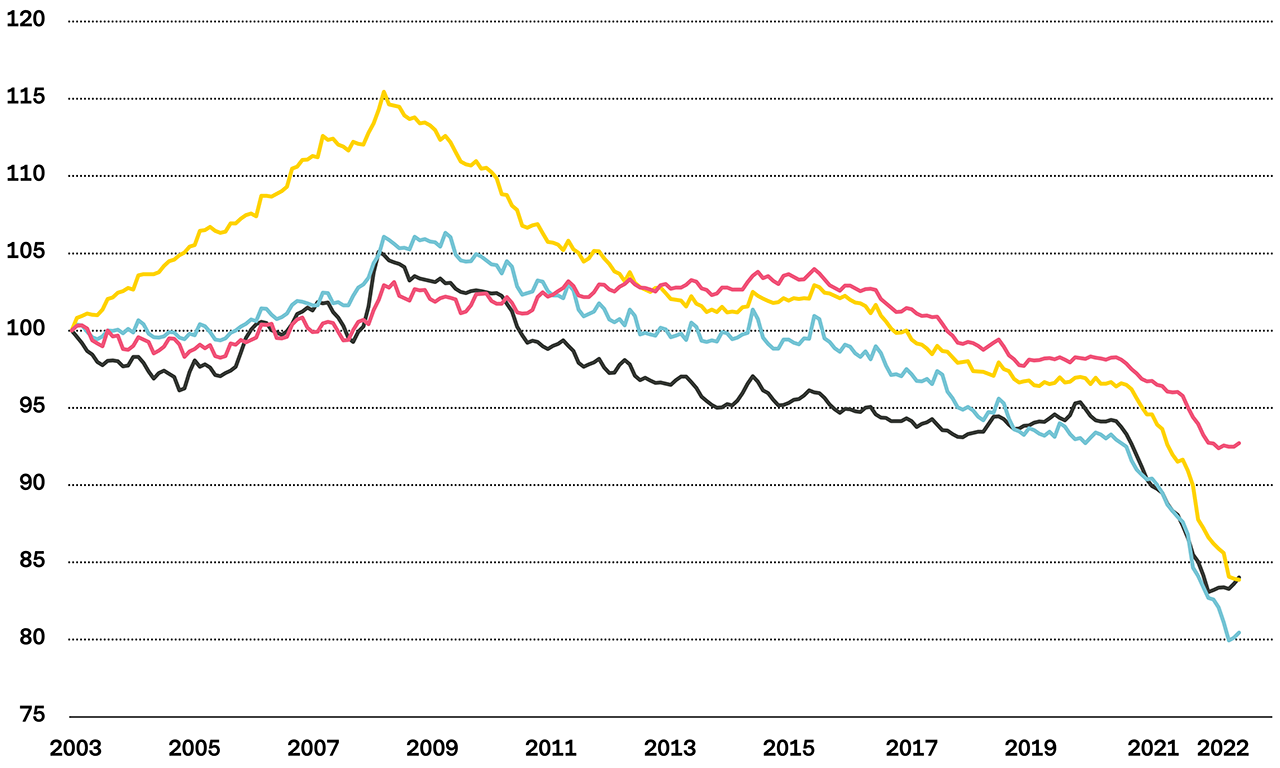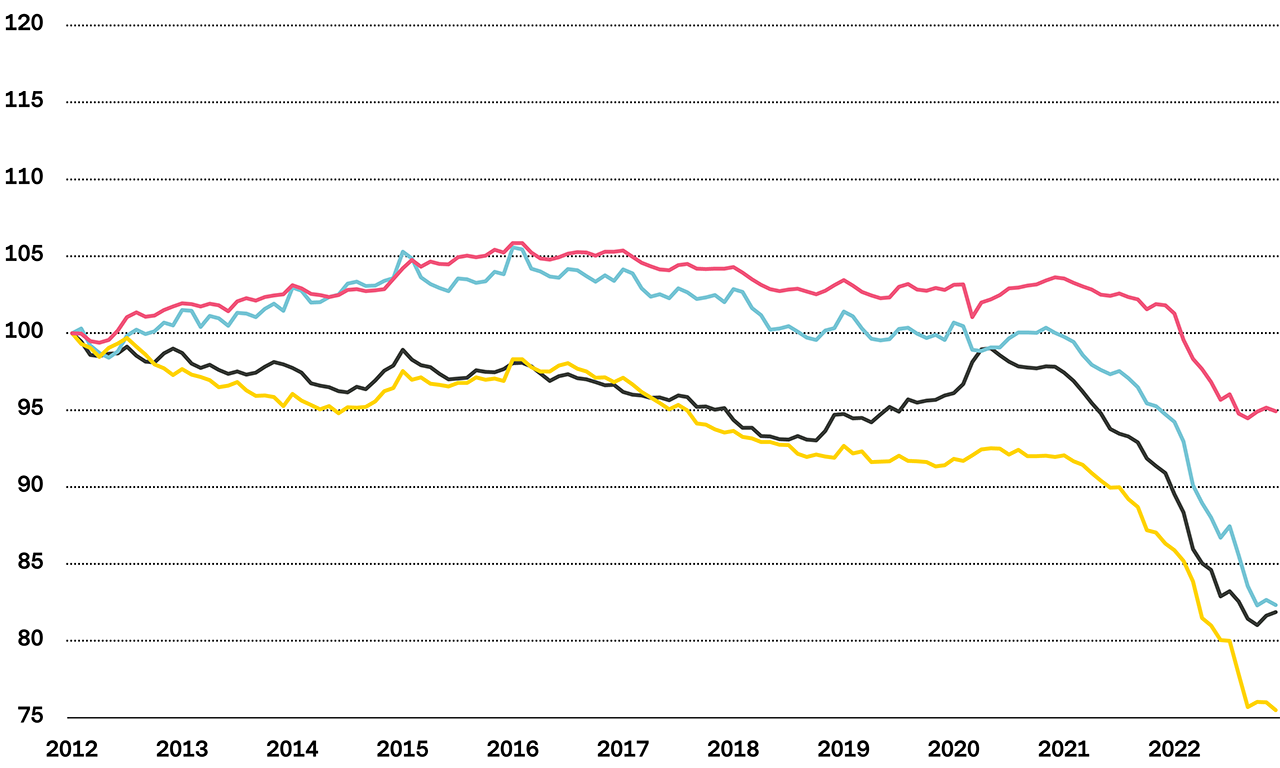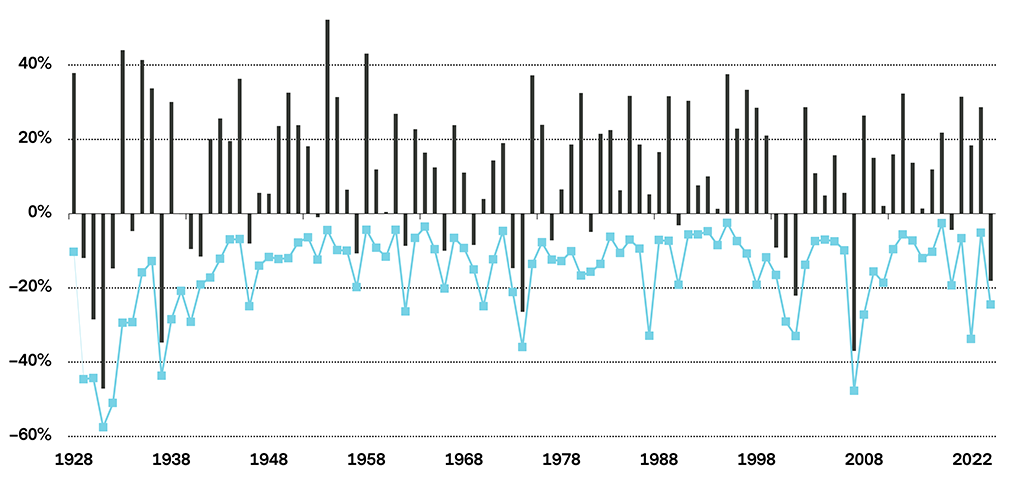Legal note
Investment Suitability: This publication is intended for general distribution. It is not part of any offer or recommendation and does not take into account your knowledge, experience and personal situation which is required for personal investment advice.
This publication is deemed to be marketing material within the meaning of Article 68 of the Swiss Financial Services Act and is provided for informational purposes only. We will be happy to provide you with additional information about the specified financial products, such as the prospectus or the basic information sheet, free of charge, at any time.
This publication should not be construed as a solicitation or offer, or recommendation to acquire or dispose of any investment or to engage in any other transaction. The services described in this publication are supplied exclusively under the agreement signed with the service recipient. The facts presented and views expressed herein are for information purposes only and do not take account of any individual investment targets, financial circumstances or requirements. Moreover, the nature, scope and prices of services and products may vary from one investor to another and/or due to legal restrictions and are subject to change without notice. Before making an investment decision, investors are advised to consult a professional advisor regarding their individual situation. Prospective investors should be aware that past performance is not necessarily indicative of future results. In no event will we be liable for any loss or damage of any kind arising out of the use of the information contained herein.
Details on how we handle your data can be found in our current data protection policy (vontobel.com/privacy-policy) and on our data protection website (vontobel.com/gdpr). If you do not wish to receive any further documents from us, please contact us at wealthmanagement@vontobel.com.









